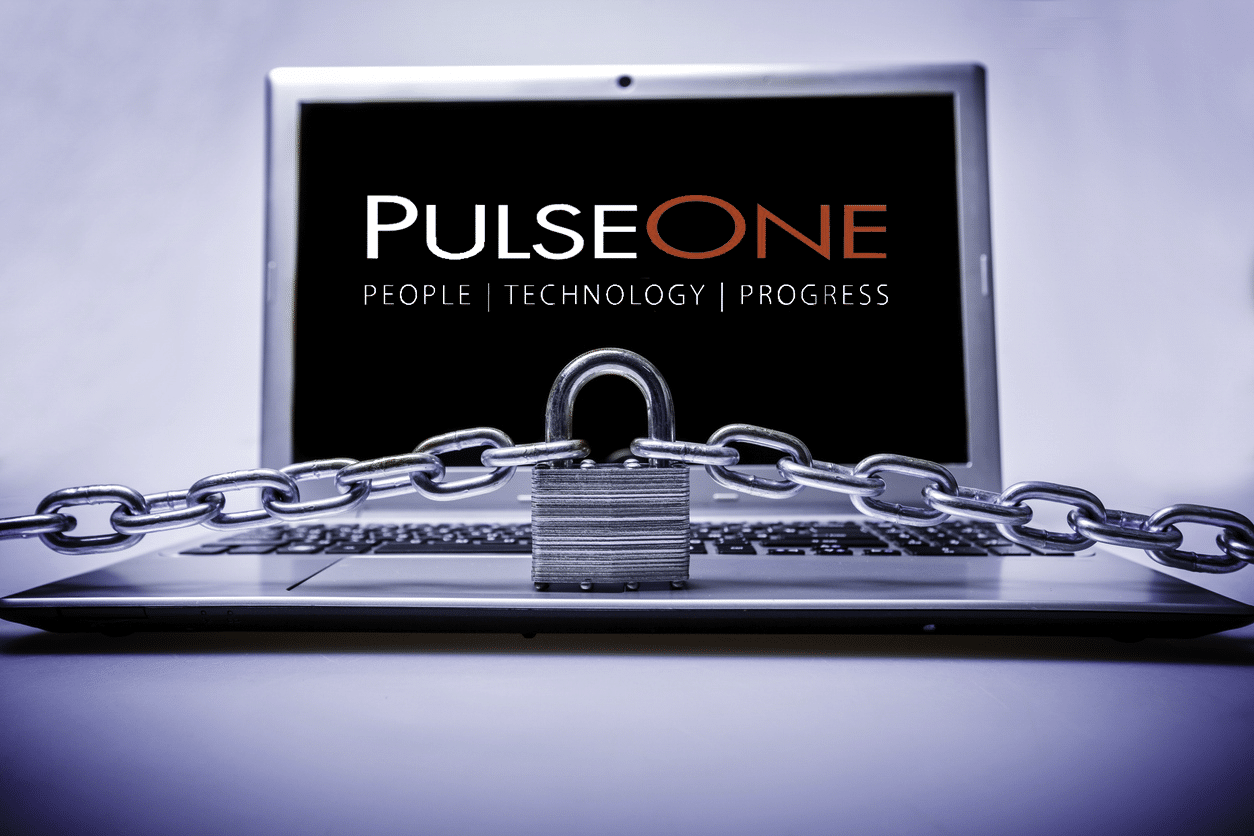Downtime Tolerance: What Is It and Why It Matters

Everything fails. This is true for everything in life, including networks, databases and systems. No one can avoid failures and their lasting impacts. It is not so much the fact that they fail, but it is more about the costs and damage they leave behind, especially when considering IT downtime.
What is Downtime?
Downtime in IT refers to the amount of time in which an IT system and operation was nonfunctional and unavailable to users. A simple analogy would be the instance when your internet is down and your service refuses to start up or perhaps when there is a sudden power outage. These scenarios are not only costly for businesses running online operations, but also they can be extremely difficult to avoid.
This can be highly disruptive to business activities and comes with an insufferable risk of data loss and damage. For consumer-based companies, it can destroy their relationship with the customers, and relinquish all trust that was carefully built over the years. Because of this, it is crucial to minimize the harmful effects of downtime.
Companies need to get operations back and running in no time and make sure that their users and customers do not face drastic inconveniences. Verifying that all important data was recovered during system downtime is key. Sudden downtime can equate to potential disaster of monetary loss every minute systems are not up and running. A business that has a well-formulated and effective disaster recovery preparedness plan is one that is most downtime tolerant. Downtime tolerance is therefore integral for an IT-oriented enterprise, as it safeguards them from relentless and inevitable downtime occurrence.
Unexpected Causes of Downtime
Ransomware
One of the number one causes of downtime that you are seeing today most frequently is ransomware and other types of malware. Companies that have inadequate protection of their internal network will cause a malicious actor to get in and cause damage. Recovering from the data breach and attack can be quite lengthy and painful, not to mention costly. Therefore, a ransomware attack and inadequate protection is a very big factor.
Natural Hazards
The more obvious factor of downtime is fires, floods and other natural disasters. Anything that can happen due to a natural cause can lead to downtime, as it can corrupt the physical data centers and IT infrastructure inside a facility. Hurricanes are common in some parts of the US, which can also cause downtime for a business due to their destructive outcomes.
Lack of maintenance
Other obvious reasons are hardware failure. Even though most of the common faults and failure is recoverable, when you are running a 200-employee organization and systems go down, it can be quite costly. Hardware failure is common with smaller and mid-sized businesses. This is usually due to the lack of maintenance from the IT managers. Most of businesses like to run their IT components until they break, without ever considering repair and replacement.
Lack of Warning Signs
If the system issue is going to occur, then there are many warning signs that businesses can rely upon. Thus, not being able to rightly monitor the warning signs can also be a noticeable problem for companies and can lead to inevitable downtime. Lack of visibility and system crash warnings are also a clear cause of downtime.
Another cause of downtime can be irregular patching schedules. If you are not patching your systems, cybercriminals will take advantage of your systems and cause downtime.
They can break into your network and take advantage of any inadequacies they find in the network. Hence, there is a multifactor approach to hacking your system and regular patching and cyber security monitoring can make all the warning signs visible to you. Failure to keep software updates and systems up to date is also a failure that can lead to downtime. If you are running on an older ERP system, you must therefore run it on an older operating system, which makes you even more vulnerable.
Inadequate Disaster Recovery and Backup
If your backups are not efficient, then you most likely have not fully constructed your disaster recovery plan. Back up refers to creating simultaneous copies of your valuable data so that you are in possession of them even if they get corrupted or lost. Creating backups will allow companies to restore important data.
Disaster recovery is the strategy for quickly creating access to all data, resources and applications quickly after an outage. Therefore, severe cases of downtime can occur if a business’s disaster recovery plan is not updated.
Why Downtime Tolerance Matters
An important consideration for all recovery solutions and downtime tolerance is not just the depth and completeness of your backup, but also the speed at which you can recover your data. Every minute your server is down, there is money that you are losing. A business with good downtime tolerance is one that not only has a good disaster recovery plan in place, but also integrates high data protection.
Together, both methods can be essential for your data protection. There are different deployment options to integrate these solutions to your business. Depending on the process you pick, you will have several alternatives regarding the options you employ for backup and recovery.
Final Thoughts
A well implemented disaster recovery solution will help your business maintain continuity and avoid downtime. It also ensures that your business can easily get back up and running after being hit by a disaster, without undergoing any financial losses and hiccups. Another benefit pertains to the perception of credibility. Having good downtime tolerance will create a good solid reputation for a particular business. Not only that, but service interruptions can also create compliance issues, legal issues and other risks. A robust solution and downtime tolerance will mitigate the risks.
About PulseOne
Want to learn more about how to mitigate downtime? At PulseOne, we put our insight and experience in IT management solutions to work for you. Receive enterprise-level IT support from a company that passionately works for your success. Start by contacting us.


